- 23 Posts
- 16 Comments
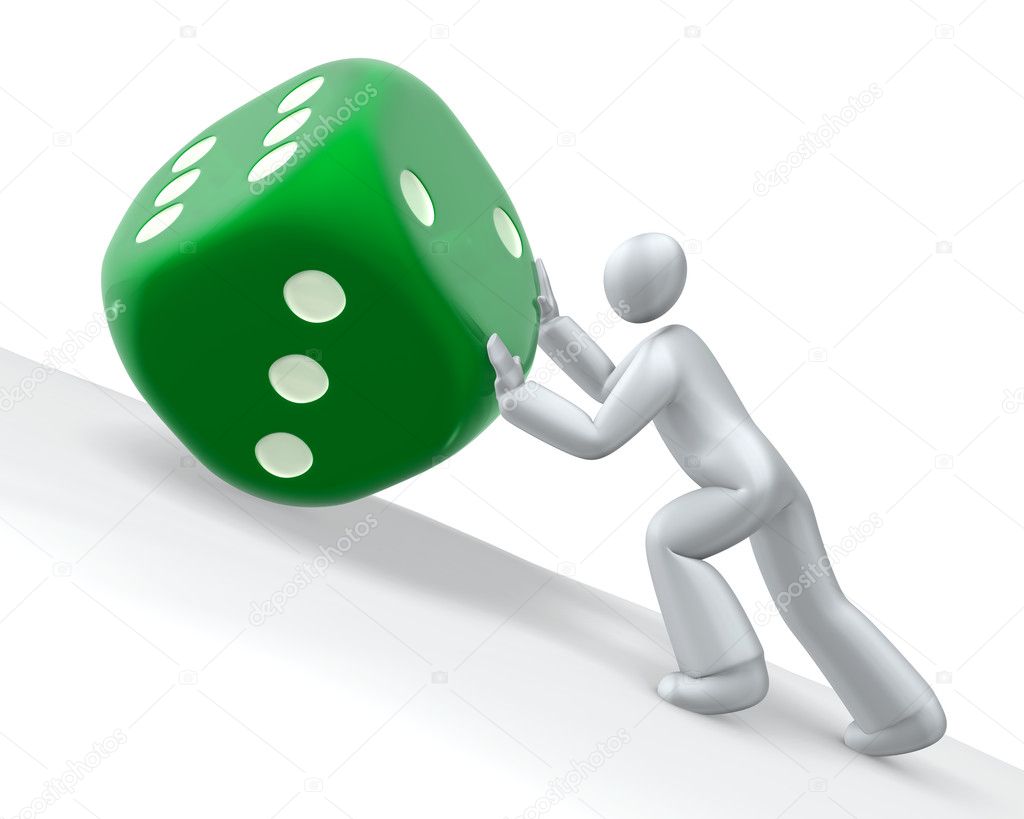
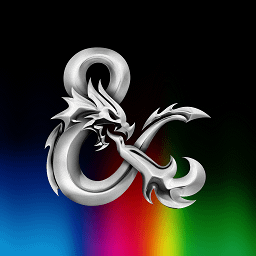 11·2 years ago
11·2 years ago“Child pure of heart and innocent of mind. You have caught my attentions, a Unicorn who wants nothing but to live and peace, and to see the joy and love of the innocent as yourself. For your purity of spirit, I shall grant a boon of this magic gun.”
 1·2 years ago
1·2 years agoIf anything, they’ve made a move to ensure that the contract-artists who manually draw their art won’t be replaced by AI artists. They just happened to do that move after one of their contract artists did so without their explicit permission.
 2·2 years ago
2·2 years agoYeah this is clickbait.
The secret is to not work from what you’d like to do, but to work backwards from what your players want to do.
Seriously, throw out all the prep you have that isn’t landing, and just ask your players what kinds of things they want to do. Then, make stories inspired by the actions or accomplishments they want to undertake.
… This does require that your players have some idea of what they want to do, though. If you have checked out or uninvested players, there’s essentially nothing you can do I’m afraid.
So now I will soapbox to the players reading this: Your job is to be invested in the game. If you don’t put energy into being invested, you’re not fulfilling your side of the arrangement at the table.

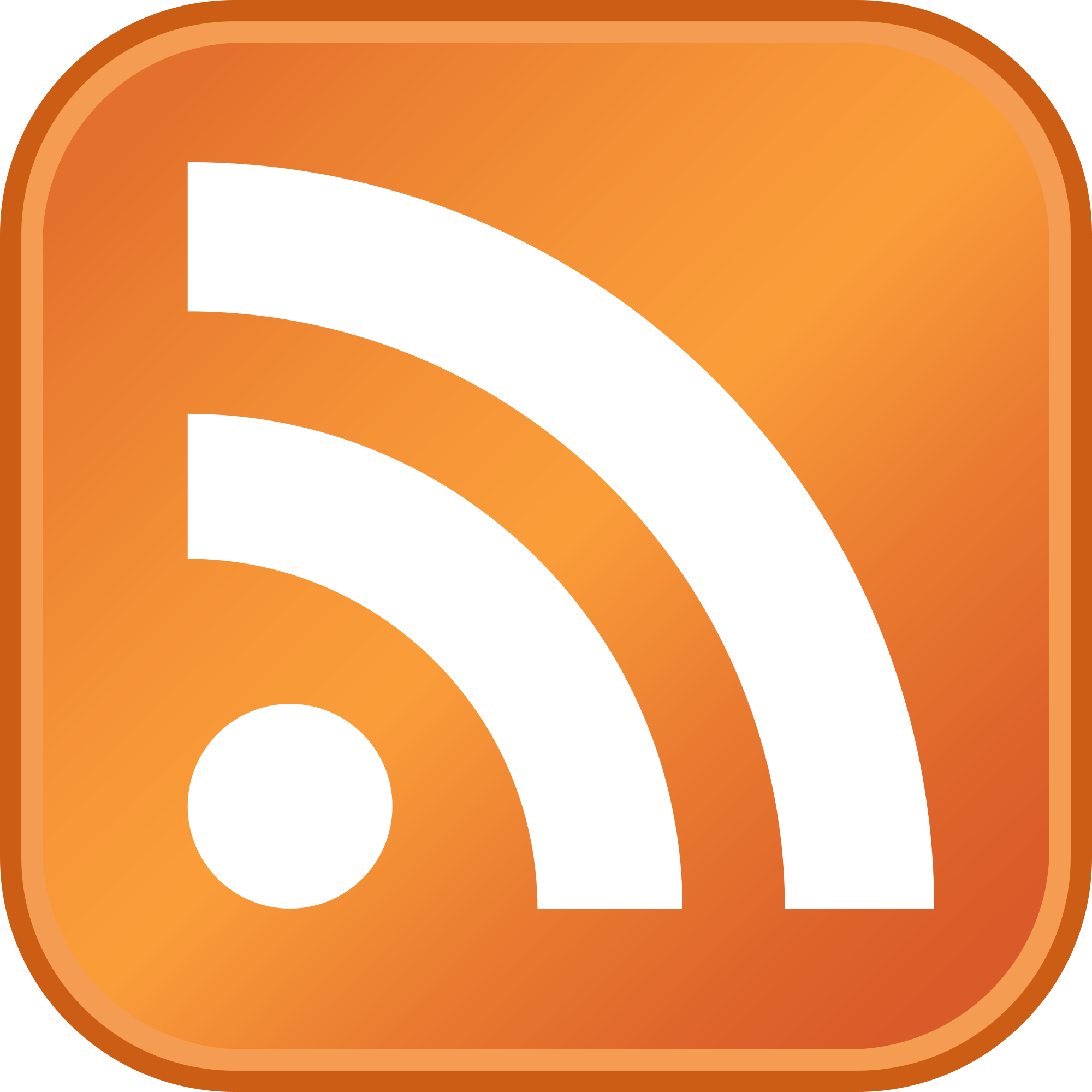 1·2 years ago
1·2 years agoYou are sublimating the value of a person’s lived experiences into an algorithm. The act of someone learning a joy of art, and then applying that themselves with the sum total of their experiences and influences is an inner truth to that person’s agency and sapience.
I’m not exactly disagreeing that there isn’t a parallel here, but I want you to acknowledge that you are saying that someone’s love of art is as valuable as an algorithm that has no understanding of what it is doing. That’s a terrible dystopia that you’re petitioning for.

 1·2 years ago
1·2 years agoI don’t think those advancements were categorically good, or were the morally correct things to occur. I won’t go through them all, but just because something has happened, doesn’t mean it was inevitable, or that it was a good thing to have happened and the world is better for it.
But putting that aside, the clearest difference that I see between those advancements and Machine Learning (A subset of Artificial Intelligence research), is that Machine Learning always takes datasets to train the system. As a result, the Machine Learning Generation truly isn’t coming up with something new, it is just repackaging the work of other people. This is further morally fraught, as you have made a system with the aim to make the work of people irrelevant, while using their own work to do so without their consent.
And as to your proposition that artists shouldn’t have to make money to live, I agree wholeheartedly. But this technology isn’t going to lead to that future. It is currently being used by people with means to make more money by cutting out the people who would have to be paid to make creative works. Machine Learning already did this with language translators.
When Google Translate was getting somewhat good in the early 2000’s, many companies fired their foreign language translators. What they discovered quickly is that the technology wasn’t quite there yet, so they had to hire them back. But by and large, they didn’t hire them back as translators, but as editors, who would clean up the bad translations from Machine Learning language translation software. We’re currently on the same trajectory with this technology for a wide swath of creatives.
This is bad for right now, the foreseeable future. I do not foresee a future where we are freed from needing to exchange a majority our waking-lives for money, and this technology will only perpetuate that reality.
That all sounds really dramatic and escalating
And yes I do believe you’re being rather dramatic by implying that I’m a luddite who doesn’t want technology to work at all. I want technology to work for people, not the other way around. I want the Jetsons future, where people work a minority of their lives, not the majority, where we can focus on quality of life over vainglorious pursuits that ultimately benefit the idle rich. The trajectory of this technology will ultimately only benefit those who don’t need to work to live.

 2·2 years ago
2·2 years agoIt’s all machine learning, which means any tools you use are trained against datasets. These datasets include art that were not authorized by the artist, but were used by unintended applications of ‘fair use’ IP laws. Machine learning ALWAYS makes use of datasets. That’s unavoidable. This is where the big problem comes in, and how it’s vastly different to photoshop.
Photoshop was a software developer’s attempt to create digital tools for artists to use digital capabilities. They didn’t develop Photoshop with artist’s work, and certainly without the artist’s permission as part of the computer code.

 1·2 years ago
1·2 years agoArtists should be able to make a living with their art.
The fact that anyone in the world is able to do that is great, and we should be allowing for inroad for more people to enter into creative careers, not endorsing technology that aims to make them obsolete while profiting from their efforts.

 3·2 years ago
3·2 years agoI had taken the artist’s statement that the art is being reworked as evidence of the art being pulled, and at least future published books not containing them.
https://twitter.com/i_shkipin/status/1687829743268442112
I should have waited until the actual statement (linked below), as it’s clear that the artist was making something of a lie of omission above, as I believe he purposefully wanted readers to believe that the art was changing in the books, not that he would redo the art to… essentially no promised effect. Maybe he was lying to himself with the hope that he could get another go at?
https://twitter.com/DnDBeyond/status/1687969469170094083
I’ve updated the title of this post to reflect the info from the official WotC statement on the issue. I’m glad they won’t be allowing AI “augmented” submissions from their artists going forward, but I would only be truly happy with a statement that they will be taking the massive inconvenience of making sure that the art is revised for future publications at a minimum (I think a recall would be asking a lot tbh).

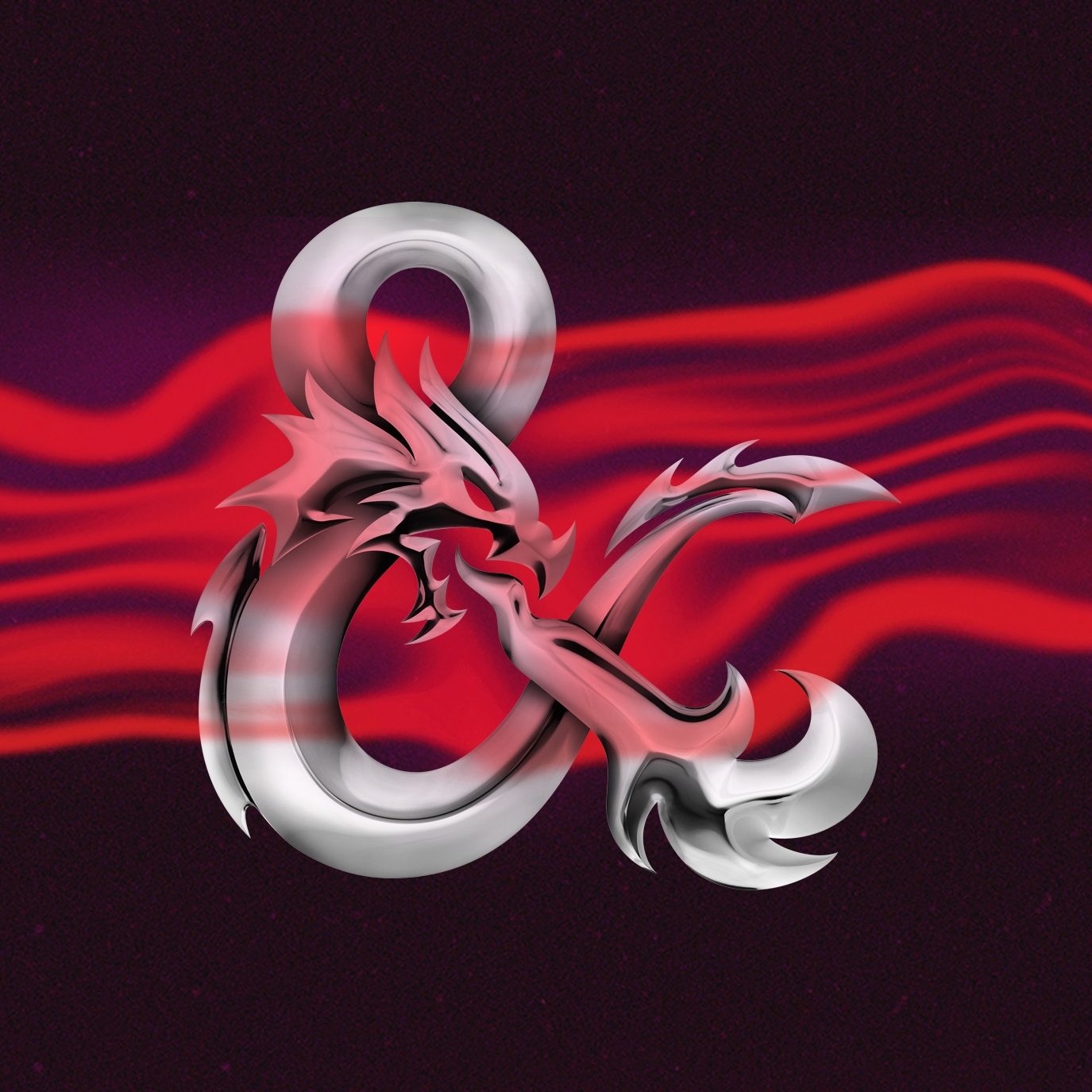 0·2 years ago
0·2 years agoI don’t think you picked up that I playtested both, though.
The monks played okay, if rather awkward in my playtests of the rules. They should do more damage, but they were all suitably impactful in a fashion that this dance bard cannot replicate with the ribbon features it has been given.
The bard was just a bard with what is effectively a free melee attack cantrip that doesn’t scale with their casting stat. They do not step on the monk’s toes, because they were too busy casting shatter, fireball, and other uses of their magic action.
It’s flavorful and fun, but the impact of the dance bard is not on their level 3 features. It’s their level 6 features that give the class a tonne of impact.

 0·2 years ago
0·2 years agoBecause I have playtested monks, and their ability to control and knock enemies around while punching more often and for more damage while being quicker than the dance bard.
The dance bard in my playtest was awkward, and did less single target damage than the monks in my other playtest. It also was not able to attack and disengage for free, giving it much less of a skirmishing feeling.
A bard without any subclass features is a strong and versatile character. With the dance bard subclass, the bard is actually playing suboptimally, and does not outperform the monk in my playtest.

 0·2 years ago
0·2 years agoAll I’m really hearing here is that casters are overtuned, and monks don’t have a well defined niche.
I agree with both. The Dance Bard is the least of their issue. Most of all because the Dance Bard would be LESS effective than another, more caster focused Bard.

 0·2 years ago
0·2 years agoIMO it really, truly does not invalidate the Monk.
- Their unarmed strike isn’t any better than Shocking Grasp.
- Their AC is better with Medium Armor Proficiency and a shield.
If they got multiple attacks per turn, and a way to use them while also weaving in and out of enemy reach range without catching attacks of opportunities, then they would invalidate the monk.
A tale that is perpetually dark in tone becomes tiresome very quickly. It needs to feature the occasional ray of light for contrast and to create a sense of hope. Monsters and other terrors must be offset with creatures that are kind and lovable, giving the characters even more reasons to stand against the darkness. Here are a couple of ways to add glimmers of light to a tragic tale:
- In a land as dreary as Barovia, take the time to describe the occasional scene of beauty, such as a pretty flower growing atop a grave.
- Make sure that the heroes have contact with NPCs who are honest, friendly, and helpful, such as the Martikovs in Vallaki or the Krezkovs in Krezk.
-Curse of Strahd, Introduction. Marks of Horror. 2016.

 11·2 years ago
11·2 years agoWhile this is all well and good, I think the OneD&D playtest provided a great fix on the biggest issue I’ve had with the mechanic: Remembering it exists.
Simply stating that on an unmodified 20 or 1 that Inspiration is granted is a fantastic way to remind the GM that they should give this out more often. It’s gotten to the point that in cases where I would have previously given ad-hoc advantage, I now give inspiration where the player can make use of it if they feel like they want or not.
Also I have adopted those rules for both hero points in PF2e, and my regular D&D5e game. I mean both of them.
How it works…
A player rolls a Natural 1 - They get inspiration to use on a future roll. A player rolls a Natural 20 - They choose another player at the table who gets inspiration.
These two together more or less ensures that there’s an amount of inspiration floating around all the time. But this also solves an issue where a hot-streak gets hotter, and someone with luck early on will get more of a spotlight later. By making success something that gives a boon to someone else, you build espirt de corps as everyone celebrates eachothers’ successes more, and the spotlight be more likely to move to another player.
As I said before, this system works fantastic in both Pathfinder and D&D. The only downside is that it feels like PCs have an extra layer of plot armor, but that is mitigated by the fact that it wasn’t my decision that I made capriciously. Also it makes math rocks a little more ‘WEEE’!

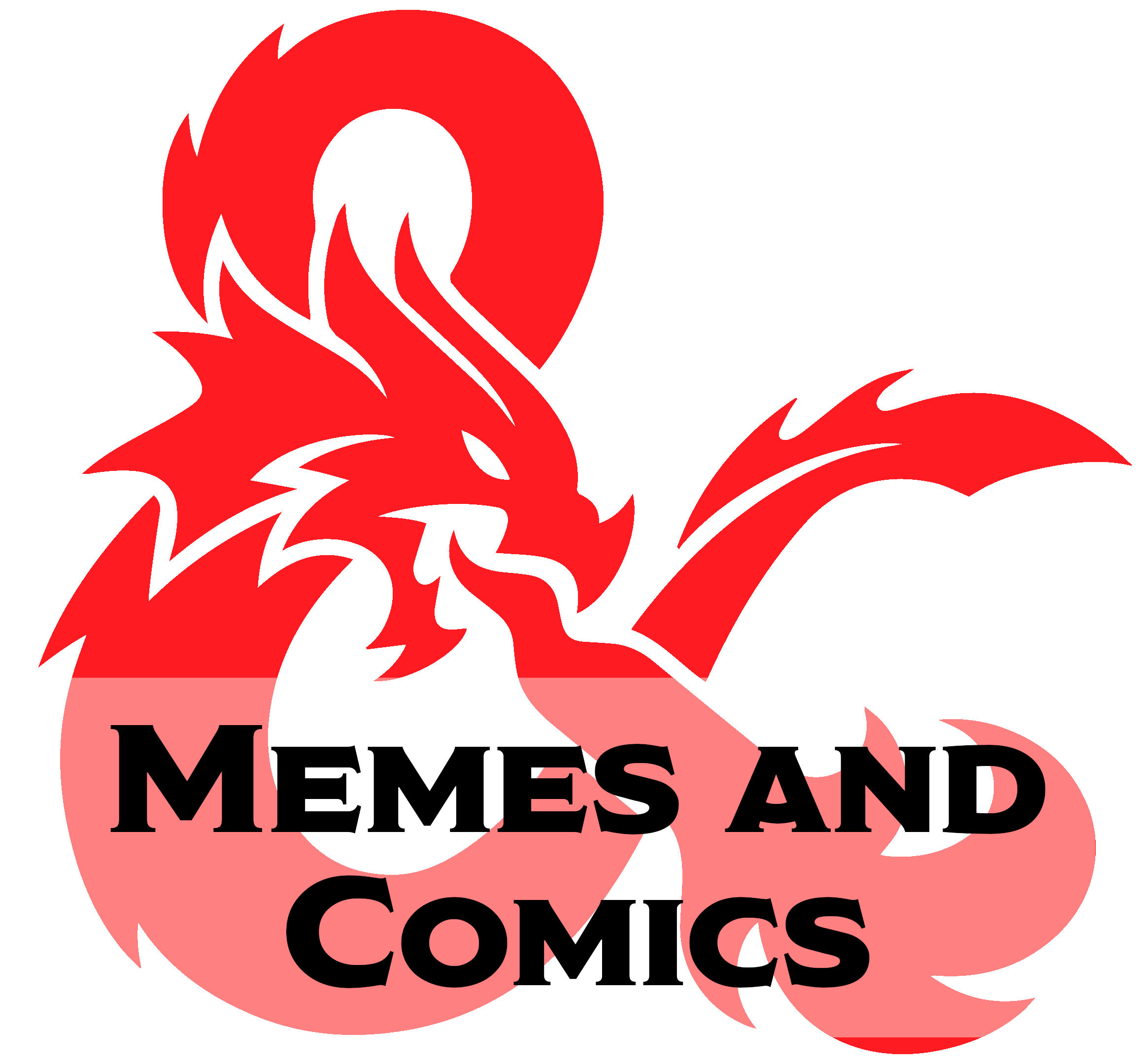
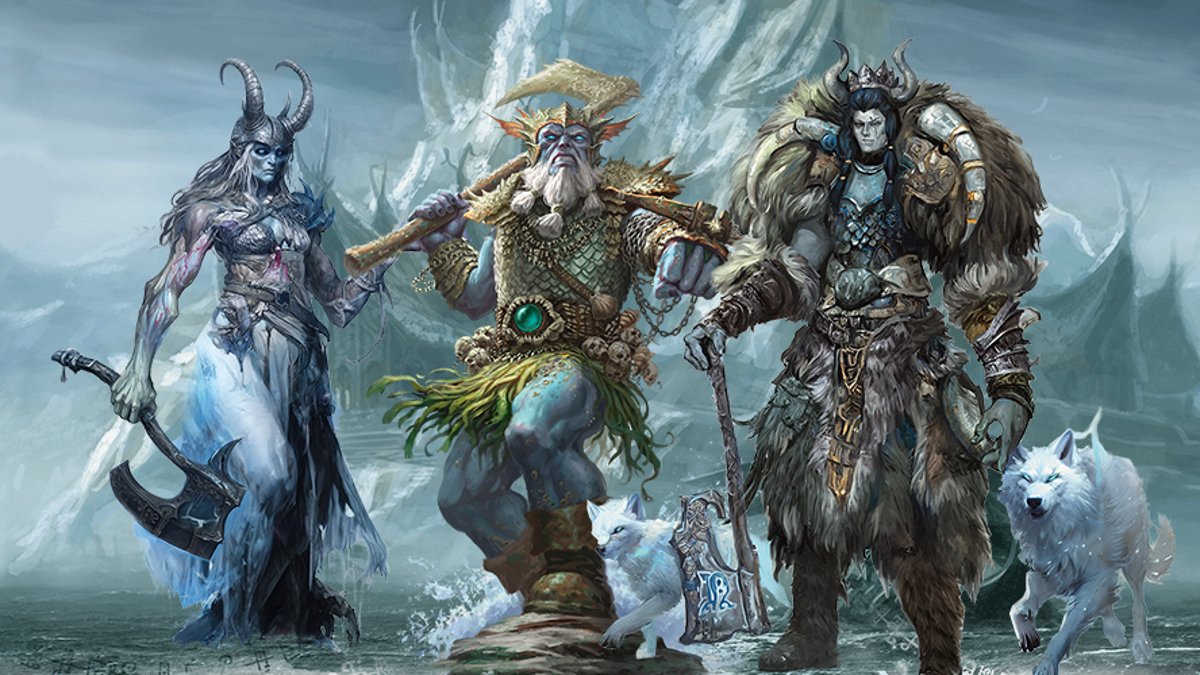




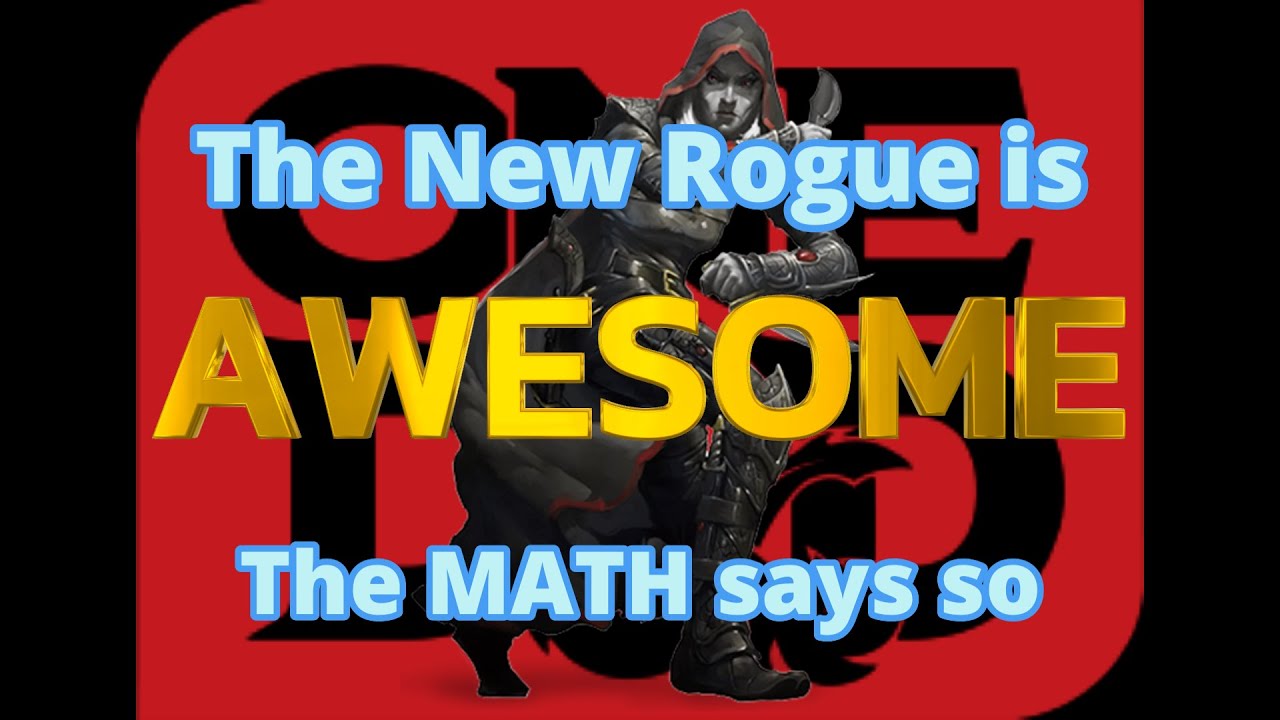


Sure, but even then it doesn’t make a lot of sense that all the different ways that Warlock patrons can present themselves, that they all are great about giving people raw damage potential as a cornerstone of their pact, regardless of how you flavor it.